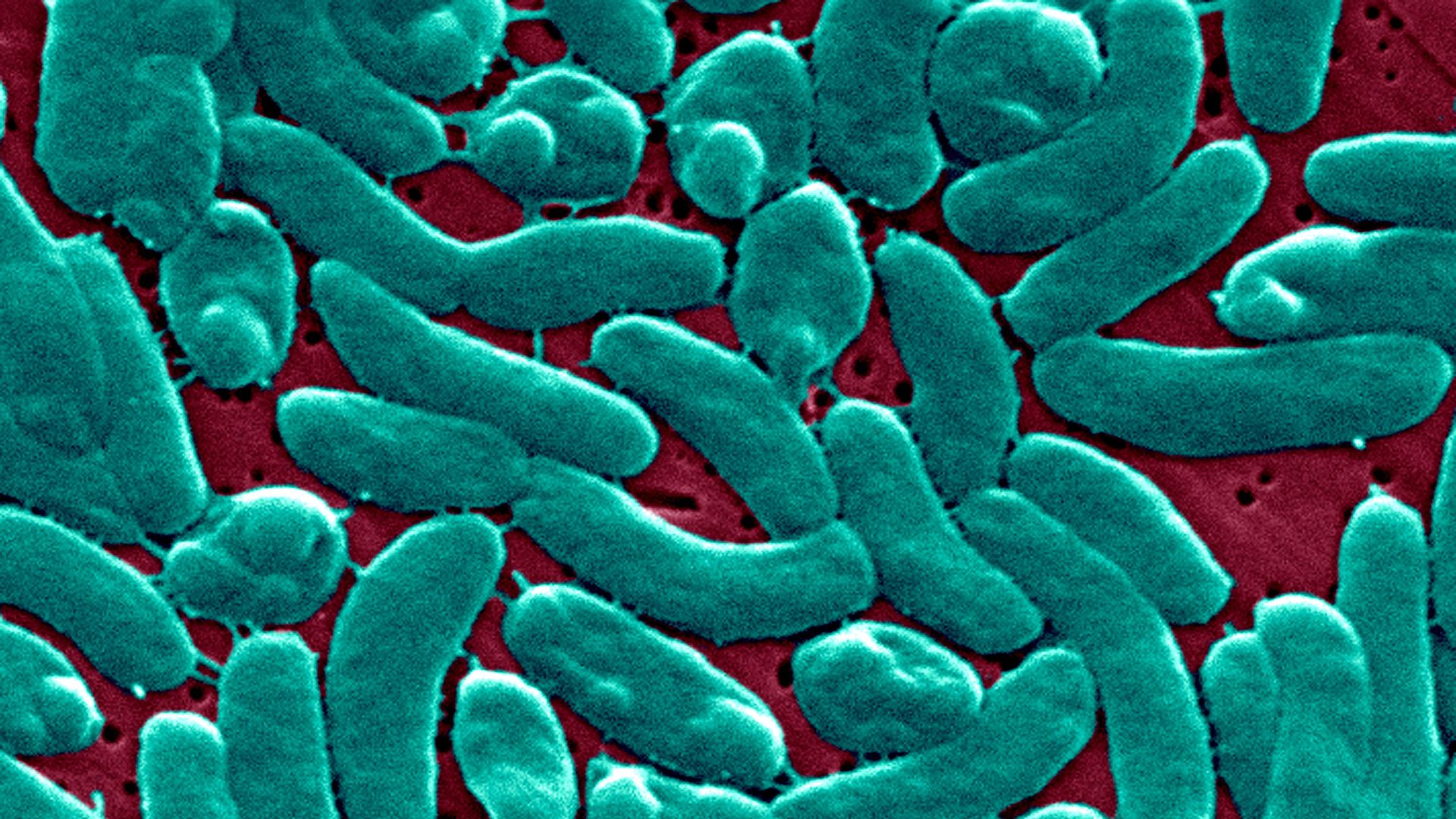'Flesh-eating' bacteria kill 3 in New York and Connecticut
One person in New York and two in Connecticut recently died from the dangerous bacterial infection.

Three people in the Northeast recently died from a rare, "flesh-eating" bacterial infection, health officials have warned.
The infection is caused by a bacterium called Vibrio vulnificus, which lives in coastal saltwater and brackish water, meaning a mix of salt and freshwater. The microbe and its cousins in the Vibrio genus are most prevalent in such environments between May and October. People can be exposed to the bacteria when they swim with open wounds or when they eat raw or undercooked shellfish, including oysters. Wounds can also become infected if exposed to raw or undercooked seafood, its juices or its drippings, according to the Centers for Disease Control and Prevention (CDC).
But while about a dozen Vibrio species can cause relatively mild illness in humans, only V. vulnificus can cause life-threatening wound infections that can lead to "flesh-eating." Medically known as necrotizing fasciitis, such infections cause the flesh around a wound to rapidly die. An estimated 1 in 5 infected with V. vulnificus die, often within a day or two of exposure, the CDC cautions.
In a statement released Wednesday (Aug. 16), New York health officials announced that V. vulnificus had been identified in a recently deceased person from Suffolk County on eastern Long Island.
Related: Man gets 'flesh-eating' bacterial infection from eating raw oysters
"The death in Suffolk County is still being investigated to determine if the bacteria was encountered in New York waters or elsewhere," the statement reads. "In the meantime, the New York State Department of Health this week reminded health care providers to consider vibrio vulnificus when seeing individuals with severe wound infections or sepsis [a dangerous, body-wide immune reaction] with or without wound infections."
The Suffolk County resident's death follows three V. vulnificus infections recently reported in Connecticut. Between July 1 and July 28, the Connecticut Department of Public Health was notified of three infections in residents ages 60 to 80. All three people were hospitalized, and as of Tuesday (Aug. 15), two had died, The Associated Press reported.
Sign up for the Live Science daily newsletter now
Get the world’s most fascinating discoveries delivered straight to your inbox.
The department reported that two of the Connecticut cases resulted from the individuals swimming with open wounds in the salt or brackish waters of Long Island Sound, a body of water located between Connecticut and New York. The third case was linked to the person consuming raw oysters at an out-of-state establishment; the oysters were not harvested from Long Island Sound.
People with weakened immune systems, liver disease, cancer, diabetes, HIV or the inherited blood disorder thalassemia have a higher risk of catching and experiencing severe complications from Vibrio infections, the CDC states.
To help prevent Vibrio infections, people with wounds or recent piercings or tattoos should avoid exposing their skin to warm seawater in coastal environments, or else cover their wounds with waterproof bandages, the New York health department advises. Those with compromised immune systems should also avoid eating raw or undercooked shellfish.
And everyone should wear gloves when handling raw shellfish and thoroughly wash their hands with soap and water when finished, the department suggests.

Nicoletta Lanese is the health channel editor at Live Science and was previously a news editor and staff writer at the site. She holds a graduate certificate in science communication from UC Santa Cruz and degrees in neuroscience and dance from the University of Florida. Her work has appeared in The Scientist, Science News, the Mercury News, Mongabay and Stanford Medicine Magazine, among other outlets. Based in NYC, she also remains heavily involved in dance and performs in local choreographers' work.









